The stereotype of Iran is that it’s a desert. While this was a close match for the centre of the country, the north is surprisingly lush, with plenty of green valleys. The desert itself was mostly rocky in my experience — not the sandy dunes that feature in the stereotype. Water management is a serious issue. In both Shiraz and Isfahan, the “rivers” that run through the middle of the city are now completely dry (due to being dammed up) and the water is only let out for 1-2 months per year. It’s a very eery sight to have a riverbed 100m wide (complete with fancy bridges) that you can walk across.
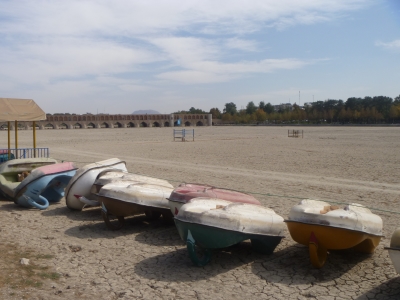
Damghan: A small city with Iran’s second-oldest mosque and a stunning old town that is a staple of Iranian cities. I also experienced some engineering ingenuity, with mosque arches where you could whisper in one corner of the room and the sound would be transported to the other side (but not the middle) and heard perfectly.
Beyazeh: a tiny town on the edge of the desert that maintains a very traditional way of life. Getting lost in the labyrinth of semi-crumbling streets (with homes that are inhabited) and the citadel was a highlight.

Yazd: One of the oldest continuously-inhabited cities in the world, Yazd boasts its own grandiose style of mosques, a great selection of markets and bazaars and some Zoroastrian shrines (including towers of silence). It is also known for its centuries-old badgirs: these are towers that act as windcatchers, taking breeze from above ground and sending them down to cool houses, mansions and covered markets from the sweltering heat.
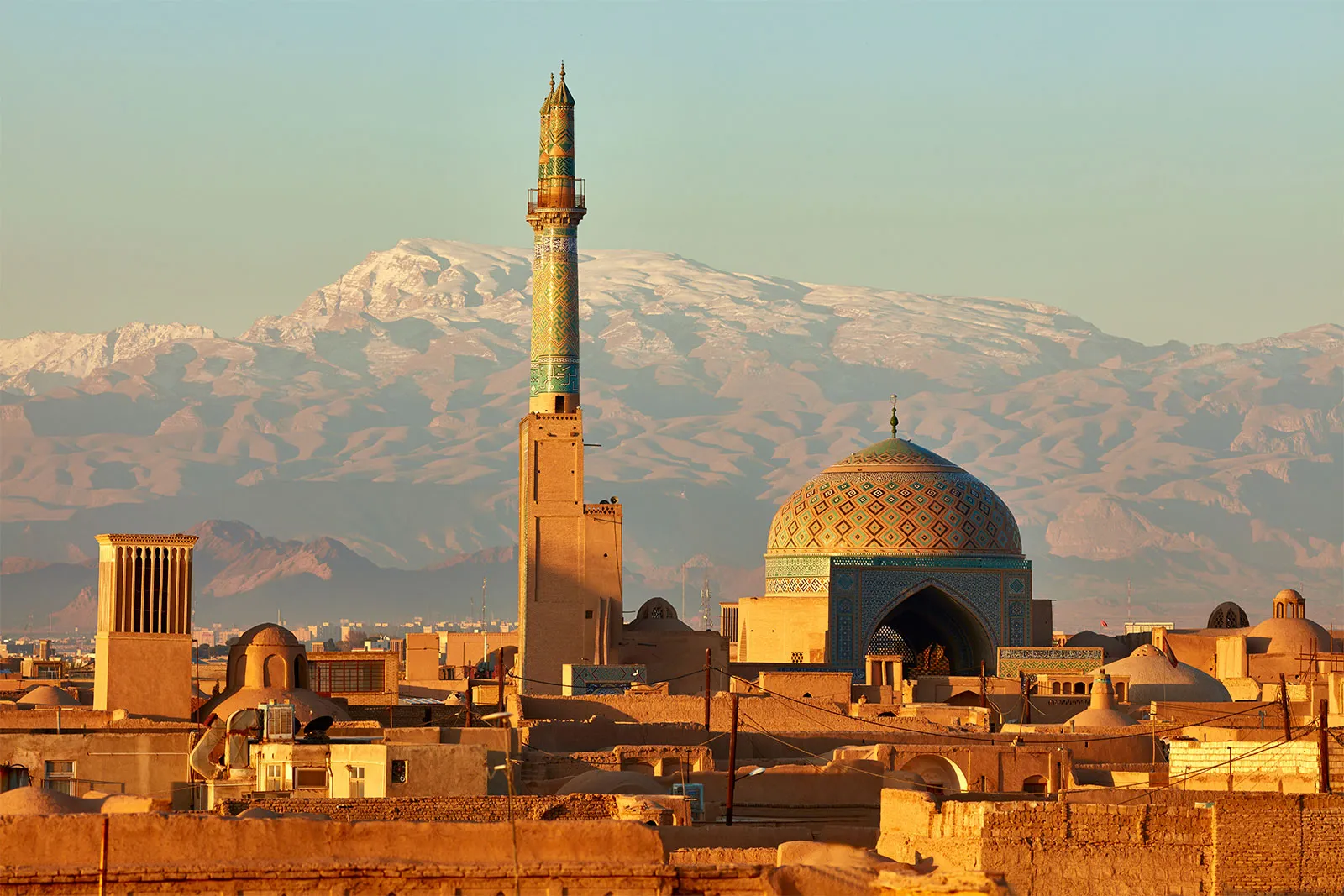
Shiraz: Besides being near, oh I don’t know, one of the most important sites of world history, Shiraz is modern and bustling. One particularly interesting thing was visiting the Shah Cheragh, one of the major holy sites specific to Twelver Shia Islam. It was a cacophony of chattering schoolkids, people coming to the shrine to talk and read and play on their mobile phones as well as people praying. There was security: as a Shia holy site, it is a target for Sunni terrorists.
Isfahan: The atmosphere is lively and vibrant, the people I found particularly friendly and it’s considered Iran’s jewel and cultural centre. There are stunning palaces, mansions and bridges over the [dry] river, an amazing Friday mosque, many kilometres of undercover bazaars and an old Armenian quarter. One fascinating find was a tomb decorated with revolutionary themes, which was probably the only overtly nationalist imagery I’ve seen in Iran. Interestingly, the woman who was at the shrine was also one of the friendliest.
Tehran: There wasn’t much time to explore Tehran but it’s probably the largest metropolis in the Middle East. It has a jaw-dropping amount of bustle, traffic and crowding. The bazaar is also the largest in the country and apparently 25% of the country’s trade goes through it. In terms of sights, it’s home to the museum of the Persian royal jewels (more extensive than the Crown Jewels, I was told), an enormous palace complex to rival any European 18th century palace. In terms of culture, Tehran has the most cosmopolitan, progressive and plugged-in youth, which was apparent by the kind of people hanging out at the Iranian Artists’ Forum.
Kandovan: a tiny Azeri town whose buildings are mostly carved out of caves. This is similar to the famous fairy chimneys of Cappadocia, Turkey — but a lot more remote. The inhabitants largely make a living from herding cattle, which can be found on the tiny streets.

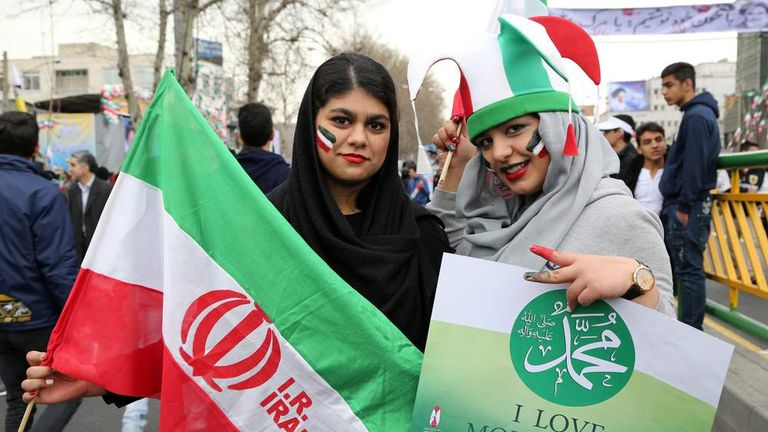
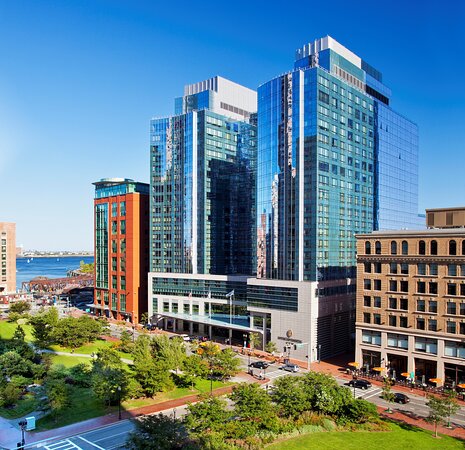
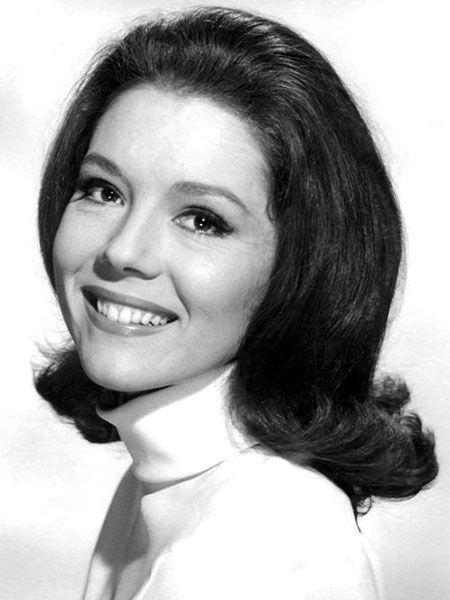
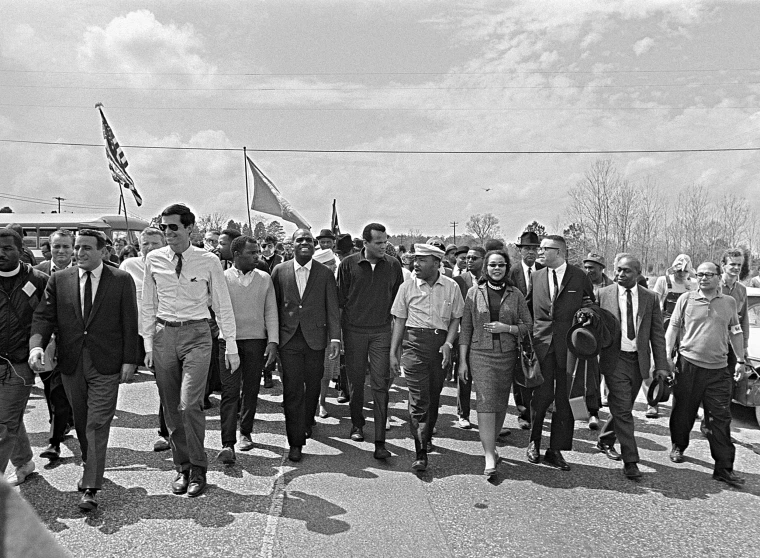
0 Comments